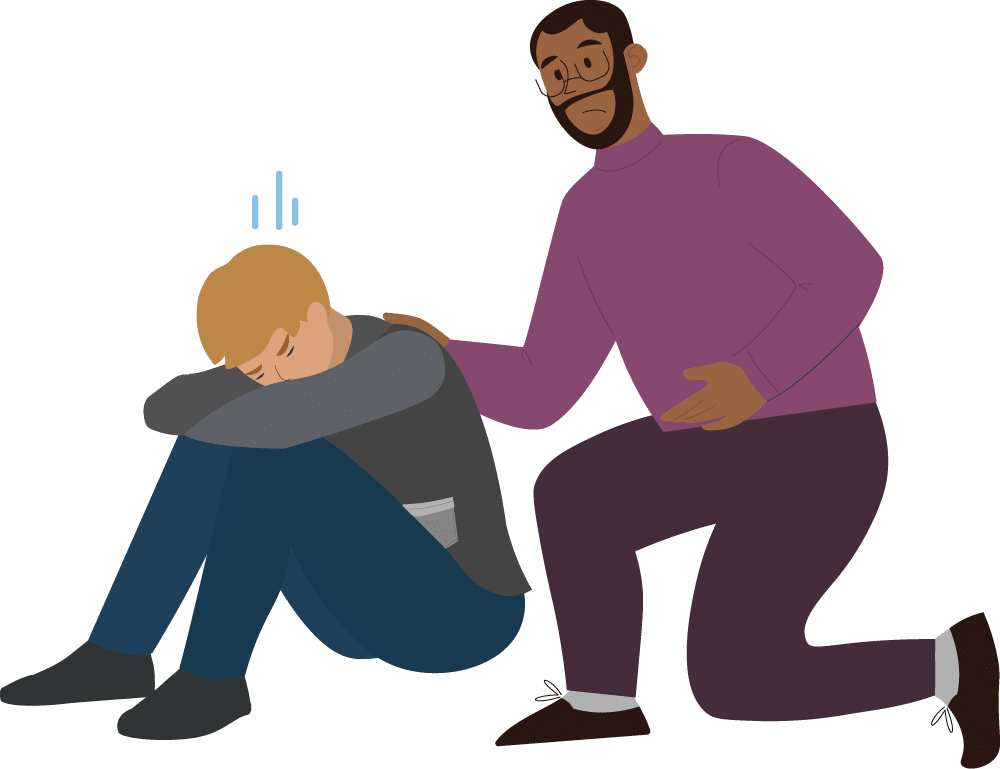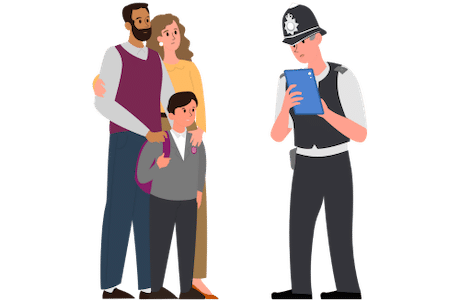Guest author: Daniel Wilsher
It’s no secret we are in testing times when it comes to the wellbeing of both staff and students within our schools and places of learning. For students, the challenges include: the vast world of social media and the pressures that come along with navigating the digital world, worsening global instability and the ramifications of Covid-19 and the impact it had on their learning and development of important socials skills. For staff, they must also contend with the same challenges in addition to financial pressures with the rising cost of living, intense workloads and the constantly developing scope of the role.
Out of all the things a school could and should focus on when it comes to supporting our learners and our staff, I believe that equipping ourselves with the tools to better understand and manage the impact of Adverse Childhood Experiences (ACEs) within our schools is one of the most important places to start, for a few reasons:
- An extensive amount of research and data on the causes of ACEs and how they can impact learning has now become available.
- There are evidenced based methods of support that we can implement to support learners.
- ACEs are more common than we realise – For every 100 adults in England 48 have suffered at least one ACE during their childhood, while 9 had suffered 4 or more.
What are Adverse Childhood Experiences
The NHS defines ACEs as “highly stressful, and potentially traumatic, events or situations that occur during childhood and/or adolescence. They can be a single event, or prolonged threats to, and breaches of, the young person’s safety, security, trust, or bodily integrity”. These events are categorised into domestic violence, parental abandonment through loss, separation or divorce, a parent with a mental health condition, being the victim of abuse, being the victim of neglect (physical and emotional), a member of the household facing imprisonment, growing up in a household with regular drug or alcohol abuse.
Effects of ACEs: Long-Term Health and Behavioural Risks
- Increase the risk of health problems in adulthood
- Create barriers to healthy attachment
- Increase the risk of mental health problems
- Increase the risk of violence or becoming a victim of violence
- Increase risk taking
- Impact a learner’s ability to manage their behaviour
- Make it difficult to form and maintain relationships
Understanding the Impact of ACEs on Learning
We have explored the wider impact of ACEs on an individual’s life, but how does that translate into the classroom for a learner who is still developing?
The neurological impact of trauma has a profound impact on brain development. When a person is exposed to a high stress event it triggers our fight, flight or freeze response. A response that played a key role in the survival of our ancestors when they encountered a grizzly bear. However, when a child comes home to that bear every single night, they are constantly in fight, flight or freeze. As a result, the parts of the brain that are responsible for learning, memory, emotional regulation and connection become affected. You can start to imagine how that would make listening to today’s algebraic maths equation a little more complex than it already is.
This is why it is so important that teachers and staff can recognise the signs of trauma, to be able to provide the necessary support and interventions to a learner. It’s essential that we take a “student first, grades second” approach to supporting students with adverse childhood experiences.
When a school helps a learner who has experienced trauma to feel safe, secure, understood and supported at school, you can pull them out of “survival” mode. You can actively work with the student to teach them important coping mechanisms while also establishing effective systems of support for the learner to utilise, especially when they are struggling.
Strategies to Support Students Effected by Trauma
Understanding and anticipating the needs of children and their parents, and working collaboratively to ensure the learners needs are understood and met is vital when supporting learners impacted by ACEs. Regular praise helps rebuild self-confidence, being mindful that the typical challenges a student will face in a day may now feel like mountains to overcome.
Taking steps such as treating every-day as a new day, regardless of behaviour yesterday, and promoting self-regulation through music, art and sport are essential to help learners to express their emotions and understand which activities help them to relax. Supporting the learner to establish and maintain healthy relationships inside and outside school is imperative to their wellbeing. It is crucial to avoid making a learner feel guilty for their behaviour and show understanding that behaviour is a window into the mental health and wellbeing of a learner when they don’t have the capacity to convey those things through words.
Consistently showing up for a child who is suffering gives us the ability to create trust. When trust is established within an environment they feel safe in, you then create the opportunity for improved engagement, higher retention, behavioural change and of course the chance for that learner to positively impact their own lives and the lives of others.
Take the Pressure Off: You can’t fix everything, but you can make a difference!
The profound sense of responsibility for looking after the wellbeing of students is something every staff member within a school will experience. There’s no doubt that the care, passion and the reward that comes along with creating change for a young person acts as a counterweight to the typical stressors of the role. However, the balance is often very fine. This same sense of responsibility that brings you purpose and meaning can lead to burnout when you take on too much, when you believe you must be the solution for every student. It’s so important to understand that it is not the role of a teacher to “fix” every problem or heal every trauma, but it is your responsibility to provide a positive, supportive and safe environment while guiding a learner to safety when necessary.
Another important notion for all staff working with children is that your commitment to small positive changes to: your delivery, your relationship building, your classroom environment, your understanding of mental health conditions, how much praise you give, your ability to effectively use safeguarding software, and how you look after yourself, will make a profound impact on the journey through education for a learner who is struggling. It is these small habits, consistently, that create long lasting impact.
My final point on this matter is to remember to look after yourself. Become intentional about the ways you look after your physical and mental health. Investing in these parts of your life will help you deal better with the stress that comes along with being a teacher or leader.
How Safeguarding Software can Support Teachers & Learners
The better you can notice the behavioural trends of learners, the better opportunity you have at intervening and guiding a learner to safety when they need it. Being able to spot patterns and potential warning signs allows you to address safeguarding issues before they escalate. This is the power behind the CPOMS StudentSafe platform.
The software enables schools to digitally record and monitor signs of distress, violence, risky behaviour, drug use, crime and bullying, all important indicators to look for when supporting a learner. CPOMS software also enables you to track attendance, note when a learner is late to school or lesson and record even small changes in behaviour which could indicate a wider problem.
The best way to prevent a crisis, is to stop it from ever reaching that point. Being able to use CPOMS StudentSafe for both significant causes for concern and for the smaller seemingly insignificant behaviours allows you to create a detailed visual journey of a learner’s time in education, giving you the best chance of intervening before crisis point. The beauty of working this way means that all your worries about a learner, your anxieties and growing concerns, can be safely held in the platform.
Using CPOMS software for the ‘small stuff’ means the small stuff sits in the system, not in your brain, so you can focus on supporting your learners. It enables you to leave your workplace at the end of the day knowing that you’ve covered all bases and are actively working to support all of your students as best as you can. If any causes for concern or potential safeguarding issues arise, you know that your school will have all the data they need to best support a learner should that time ever come, while giving yourself some room to breathe.
Supporting students who have experienced adverse childhood experiences is complex. There are many moving parts and it’s not a quick or easy process, however through using the right tools and trauma-informed teaching strategies we can help them feel safe, rebuild trust, increase confidence, teach them how to regulate their emotions, understand what healthy relationships look like and help them to engage or re-engage with learning… all while looking after yourself in the process.
To find out more about CPOMS StudentSafe can help you support and safeguard learners effected by trauma, book a demo today.




